31 Dec 1999
Censored!
A documentary about the cultural effect of film censorship, focusing on the tumultuous times of the teens and early 1920s in America.
Two Penny Magic (Zweigroschenzauber) starting off with a little magic trick. It then presents an array of images from swimmers, bicyclers, murderers, airplanes in flight, boxers, lovers, runners, becoming in the end a collection of images in a magazine.
31 Dec 1999
A documentary about the cultural effect of film censorship, focusing on the tumultuous times of the teens and early 1920s in America.
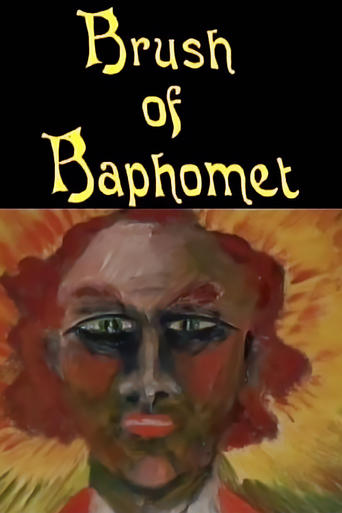
19 Mar 2009

A look at the artwork of Aleister Crowley.
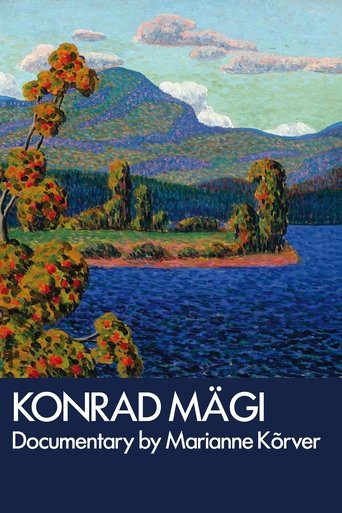
30 Nov 2019

A documentary made for Konrad Mägi exhibition "The Light of the North" in Torino, Musei Reali (2019-2020), about Mägi's life and his legacy.
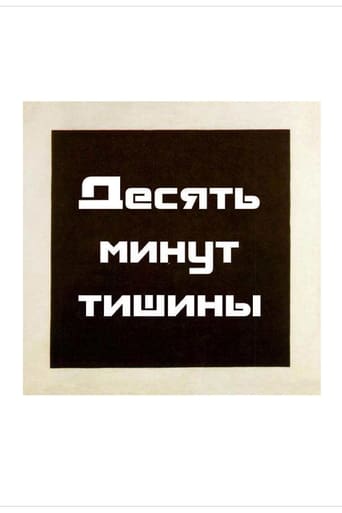
10 Nov 1997

The mute documentary-experimental film "Ten Minutes of Silence" is a film expression of the trends embodied in the painting "Black Square" by Malevich and J. Cage in music.

18 May 2018

Citizen Lane is an innovative mix of documentary and drama that delivers a vivid and compelling portrait of Hugh Lane, one of the most fascinating and yet enigmatic figures in modern Irish history. A man of multiple contradictions, by turns infuriatingly parsimonious or extraordinarily generous, a professed nationalist and a knight of the realm; a monumental snob and a fearless campaigner for access to the arts.
04 Apr 1971
A film about and with Max Ernst.

21 Apr 2021

Set in Charlottesville during the early 1990s, "Pride" follows an aspiring writer as she finalises stories for the latest issue of "Pride", a student run newspaper at the University of Virginia. Over a hectic two-day period, she puts the finishing touches on the upcoming issue. Despite the looming deadline, she moves with a calm confidence.

25 Apr 2015

Nychos is an illustrator, Urban Art- and Graffiti artist who became known with his street concept RABBIT EYE MOVEMENT (REM) 10 years ago. The icon of the movement is a white rabbit, which has been breeding since then and has been popping up in the streets all over the globe for the past decade. This is exactly what Nychos thrives for – he travels the world to spread his art and his REM concept. Within the last two years Nychos was accompanied by filmmaker Christian Fischer who recorded these journeys to create a full lenght movie. ”The Deepest Depths Of The Burrow” is a documentary about art, lifestyle and subculture.
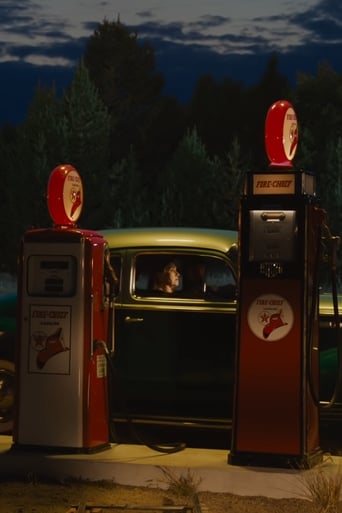
26 Jan 2020

TWO OR THREE THINGS I KNOW ABOUT EDWARD HOPPER is an immersive experience in 3D, that takes its viewers on a journey into the world of Hopper, sharpening their senses for some aspects of his unique work.
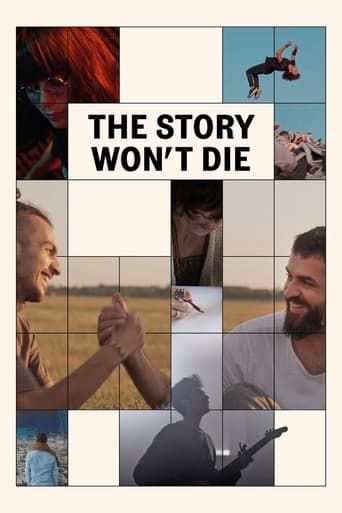
29 Apr 2021

THE STORY WON’T DIE, from Award-winning filmmaker David Henry Gerson, is an inspiring, timely look at a young generation of Syrian artists who use their work to protest and process what is currently the world’s largest and longest ongoing displacement of people since WWII. The film is produced by Sundance Award-winner Odessa Rae (Navalny). Rapper Abu Hajar, together with other creative personalities of the Syrian uprising, a post-Rock musician (Anas Maghrebi), members of the first all-female Syrian rock band (Bahila Hijazi + Lynn Mayya), break-dancer (Bboy Shadow), choreographer (Medhat Aldaabal), and visual artists (Tammam Azzam, Omar Imam + Diala Brisly), use their art to rise in revolution and endure in exile in this new documentary reflecting on a battle for peace, justice and freedom of expression. It is an uplifting and humanizing look at what it means to be a refugee in today’s world and offers inspiring and hopeful vantages on a creative response to the chaos of war.

18 Apr 2024

This short documentary film captures the natural movement of the moon mixed with an experimental musical track that accompanies the rhythm of the "walk" on the stage that the protagonist occupies, the sky.
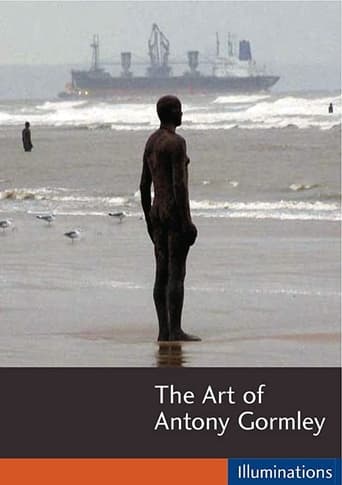
01 Jan 2009

The Art of Antony Gormley features the documentary Antony Gormley and the 4th Plinth, produced for Sky Arts, which reveals the background to this living monument and explores its origins in the sculptor's beautiful and mysterious art. Works created across more than two decades were filmed in HD for this visually sumptuous and thought-provoking documentary.
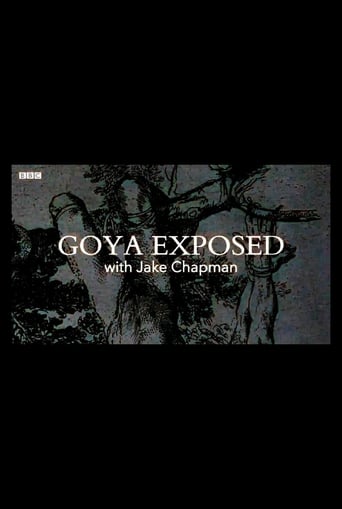
10 Jan 2016

Jake Chapman explores why Goya's The Disasters of War etchings are so central to his own art and explains why, for him, there is a fundamental conflict at the heart of Goya's art.
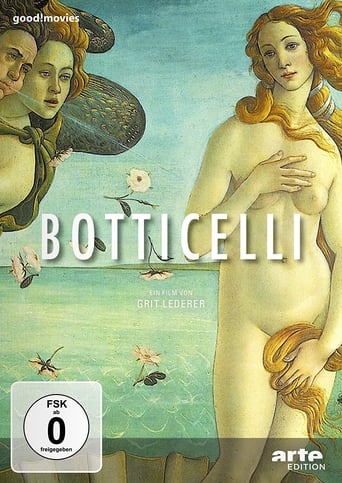
27 Sep 2015

Renaissance artist Sandro Botticelli (1445-1510) is both a cultural icon and a lasting source of artistic inspiration. His famous female figures, like Venus and Primavera, have become part of our shared visual memory and influence artists worldwide. Berlin director and art historian Grit Lederer explores Botticelli’s life and work, focusing on the Gemäldegalerie’s impressive collection. The film examines how his iconic paintings continue to inspire art and advertising today. Experts reveal what makes his style unique and why his work was forgotten for centuries after his death. Contemporary artists such as French artist Orlan and American Michael Joaquin Grey present works inspired by Botticelli. The documentary traces Botticelli’s enduring impact from Florence through Paris and New York to Berlin.
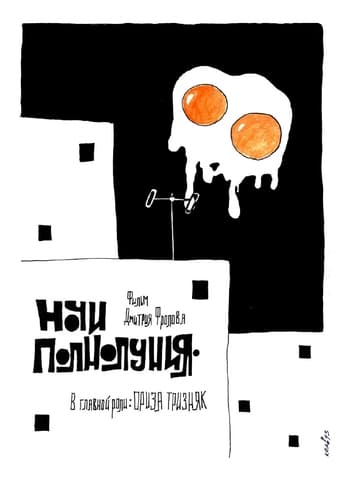
19 Apr 1991

The film "Nights full moon" shows the tendency of moral decay in society. The main character is torn apart by internal contradictions, leading him to the path of Evil. Bans on self-identification - philosophical, existential, sexual, and then permissiveness spawn a monster that is not aware of its true nature and genuine desires. Throughout the film-trilogy, the protagonist goes through a series of temptations that ruin his soul and lead, after all, to a madhouse. In a general sense, the film allegorically shows the tragic path of the Russian lumpen intellectual, lost between the past and the present, not finding the strength to accept and comprehend the unexpected changes that happened in our country twenty years ago. In the global sense - the tragic circle of Russian history.

06 Dec 2013

Tim Jenison, a Texas based inventor, attempts to solve one of the greatest mysteries in all art: How did Dutch Master Johannes Vermeer manage to paint so photo-realistically 150 years before the invention of photography? Spanning a decade, Jenison's adventure takes him to Holland, on a pilgrimage to the North coast of Yorkshire to meet artista David Hockney, and eventually even to Buckingham Palace. The epic research project Jenison embarques on is as extraordinary as what he discovers.
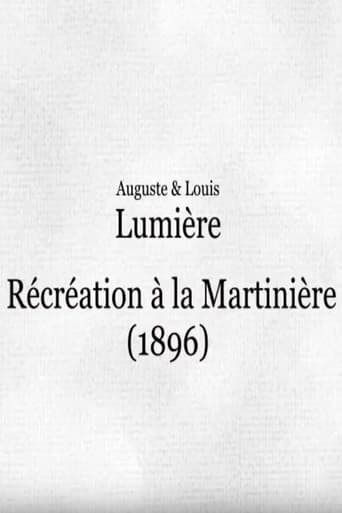
10 May 1896

Students in Lyon.

10 Apr 2024

Lifting the lid on the fascinating last decade of Andy Warhol's life and the legacy he left for future artists, through never-before-seen footage and interviews with insiders.

15 Nov 1989

A film about the career and methods of the master silent comedy filmmaker.
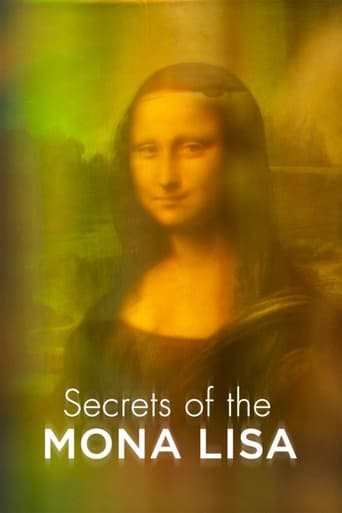
09 Dec 2015

This landmark film uses new evidence to investigate the truth behind Mona Lisa's identity and where she lived. It decodes centuries-old documents and uses state-of-the-art technology that could unlock the long-hidden truths of history's most iconic work of art.